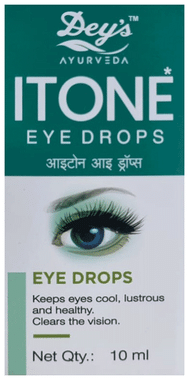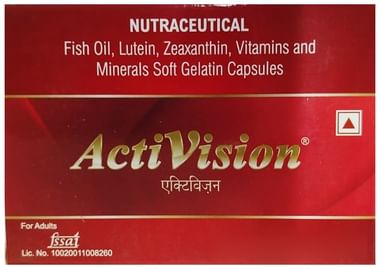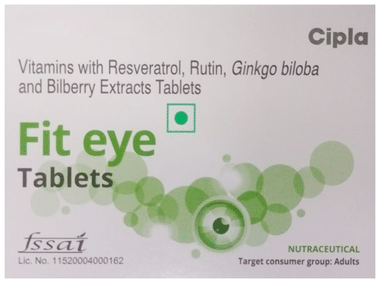Hylurid Eye Drop
Product introduction
Hylurid Eye Drop is usually instilled whenever needed. Take the dosage as advised by your doctor. Wait for at least 5-10 minutes before delivering any other medication in the same eye to avoid dilution. Do not use a bottle if the seal is broken before you open it, or if the solution changes color, or becomes cloudy.
Common side effects of Hylurid Eye Drop include blurred vision, redness, irritation in the eye, sensitivity to light, and watery eyes. Do not avoid notifying your doctor if any of these side effects persist or worsen.
Always wash your hands and do not touch the end of the dropper, as this could infect your eye. It is generally safe to use Hylurid Eye Drop with no common side effects. Let your doctor know if you experience any mild burning or irritation of your eyes.
Do not drive, use machinery, or do any activity that requires clear vision until you are sure you can do it safely. Consult your doctor if your condition does not improve or if the side effects bother you. People with narrow-angle glaucoma should not use this medicine.
Uses of Hylurid Eye Drop
Benefits of Hylurid Eye Drop
In Treatment of Dry eyes
Side effects of Hylurid Eye Drop
Common side effects of Hylurid
- Blurred vision
- Eye redness
- Eye irritation
- Photophobia
- Watery eyes
How to use Hylurid Eye Drop
How Hylurid Eye Drop works
Safety advice
What if you forget to take Hylurid Eye Drop?
All substitutes
Quick tips
- May require long-term use; continue using it for as long as the doctor has prescribed.
- Apply pressure on the corner of the eye (close to the nose) for about 1 minute immediately after instilling the Hylurid Eye Drop.
- Wait for at least 5-10 minutes before delivering the next medication in the same eye to avoid dilution.
- A stinging sensation may occur for 1-2 minutes. Notify your doctor if it persists for longer.
Fact Box
Patient concerns
FAQs
What is Hylurid Eye Drop?
What is Hylurid Eye Drop used for?
How do you use Hylurid Eye Drop?
Can Hylurid Eye Drop blur the vision?
How long do I need to use Hylurid Eye Drop?
Related ayurvedic ingredients
Disclaimer:
Tata 1mg's sole intention is to ensure that its consumers get information that is expert-reviewed, accurate and trustworthy. However, the information contained herein should NOT be used as a substitute for the advice of a qualified physician. The information provided here is for informational purposes only. This may not cover everything about particular health conditions, lab tests, medicines, all possible side effects, drug interactions, warnings, alerts, etc. Please consult your doctor and discuss all your queries related to any disease or medicine. We intend to support, not replace, the doctor-patient relationship.References
Marketer details
Lab tests offered by us












